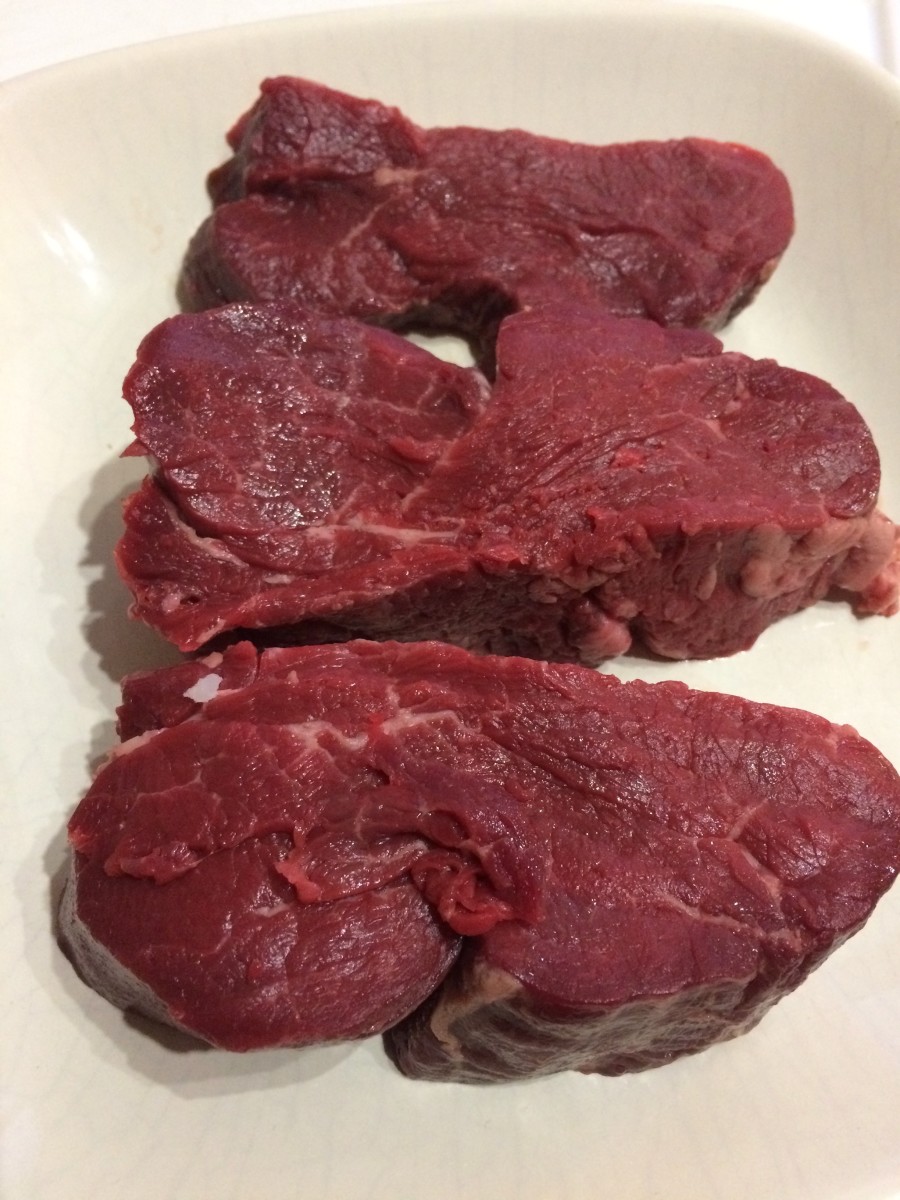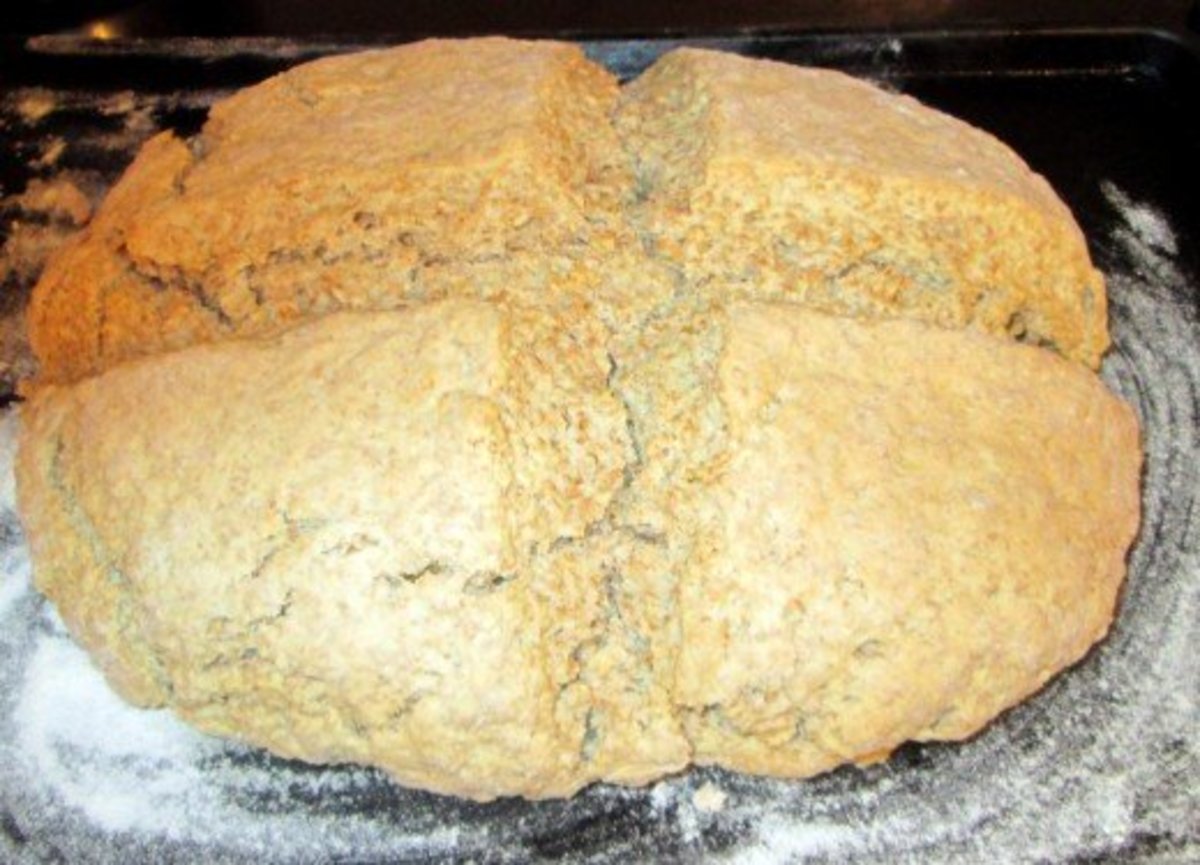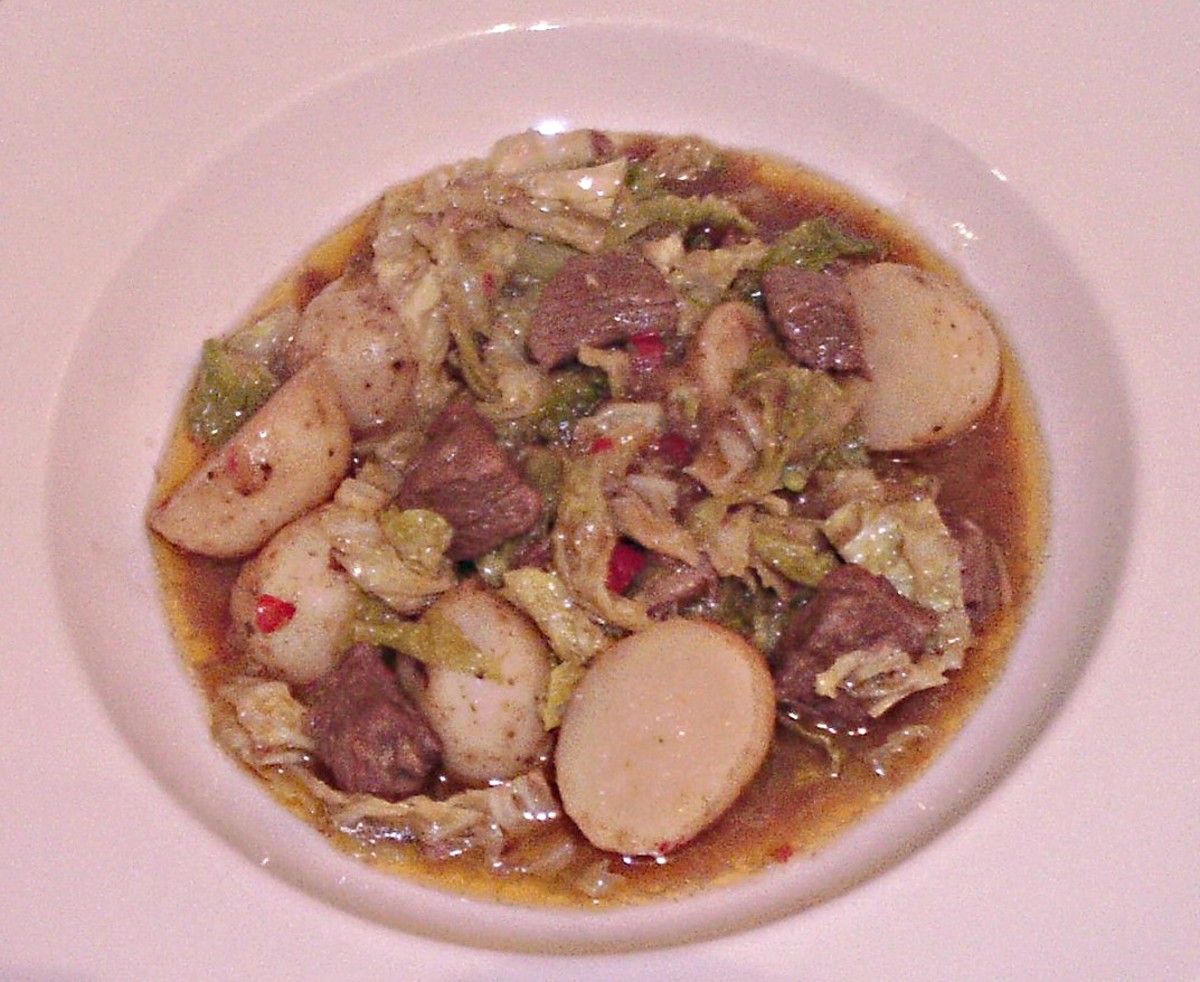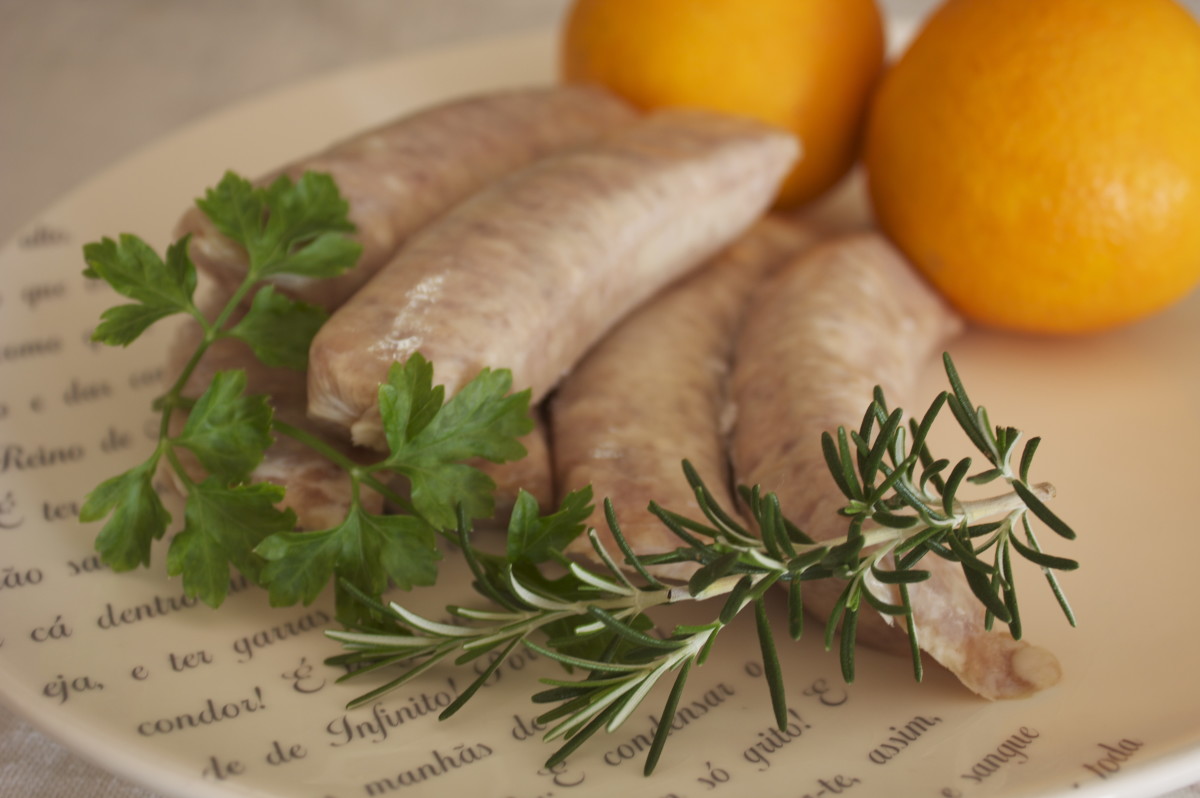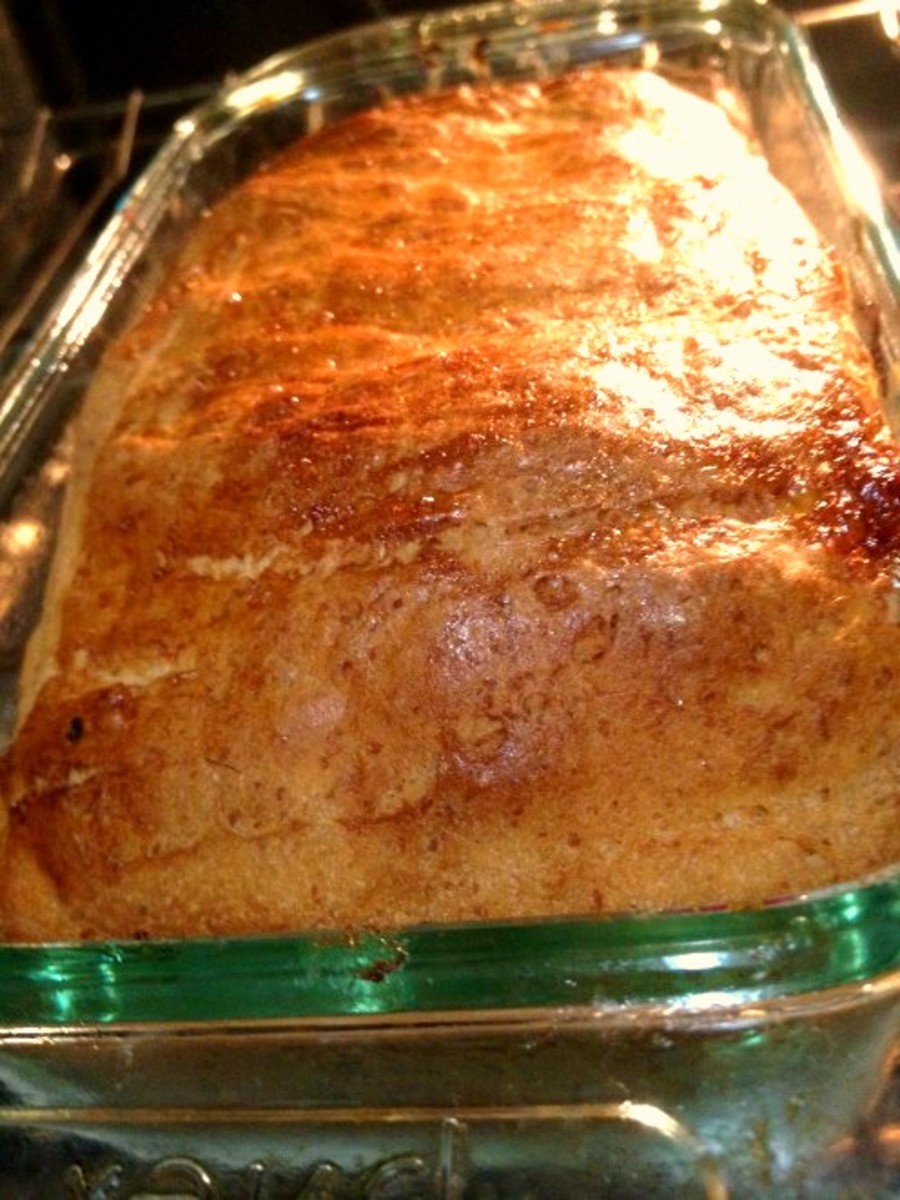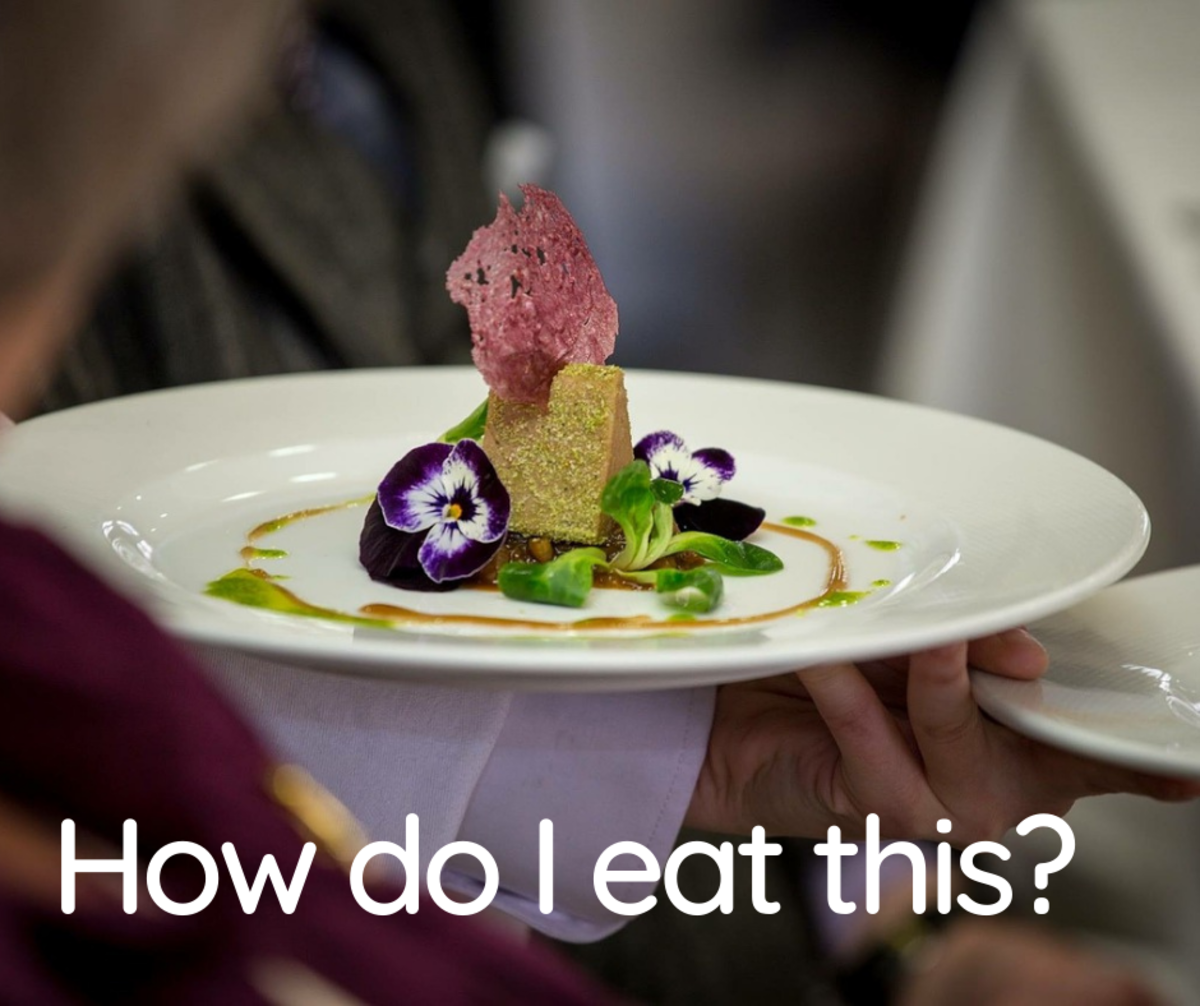How To Make An Irish Stew (Mutton/Lamb) From An Old Fashioned Family Recipe
Away on Holiday
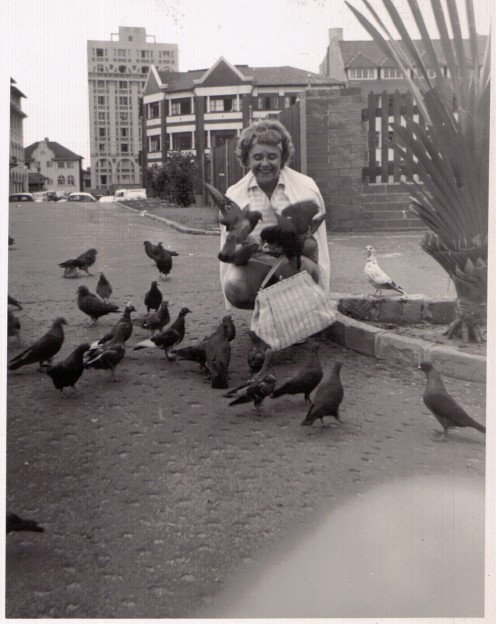
Another Chidhood Recipe
This is another recipe from my childhood; I was about twelve or thirteen, at the time.
My Dad, one day surprised my mother with a holiday, I am pretty sure that this was after my mom spent ten days or so in hospital, and they went off to Durban, for a week or ten days.
My brother was sent off to spend that period with our mom's mother and I was sent to my dad's mother. We loved our grand mothers, so this was a nice experience for us, as we were on school holidays at that time as well.
My dad's mom was a rather imposing woman, a very stern face and a good six foot plus tall, an impressive bosom to match her large frame. I must admit I was rather intimidated by her, as they had only recently moved up from the centre of South Africa called the Karoo, A place called De Aar. Other than for a brief Xmas period spent there, we never really saw them all that often till now.
It had become a tradition, from the time that they moved up, that the entire family would be there for Sunday lunch, no excuses except hospitalization would be tolerated.
So you could see my trepidation in spending a whole 11 days and twelve nights with Grandpa and Grandma. I might add that even then I was the shortest, in my fathers side of the family, aunts included, strangely enough I still am.
Irish Stew
This recipe was what my Grandma made for the family supper on the day that my parents returned from their holiday, with the strict understanding that they would have first picked up my brother, so that he too would share in a full family meal.
It is a strange fact, but I do not have a single picture of my Grandma.
By the time that holiday was over I had learnt a lot from her, such as what pieces of meat where a good substitute for a more expensive cut. Some soup recipes, and most probably the most valuable one of all, how to turn those leftovers into a full meal for later.
I remember my grandma telling me the following while we were making the stew.
When this stew was being made early that last day of my holiday at Grandma's, we used mutton, as it was not the accepted norm then to use lamb.
So we actually had a more original or a true Irish stew, you would not use lamb as is the current fashion, but mutton, and then a rather old sheep at that, after its milk yielding days had passed.
Historically
This is because it is by origin, a peasants dish, that originated in the early days of the Irish tenant farmers, who would, as long as he and also his family, worked for the owner of the land, be given a shelter, of sorts, in a very tiny house, with a small parcel of soggy bog or near barren land situated on the verge of the of the farmers good farming land, fairly close to his place of work.
This parcel of land would have to be worked by the tenant farmers in there own time, and as this is what they had to survive on, they had to husband all there meager resources, and grow enough to sustain the family for the entire year, more often sharing and battering amongst the other tenant farmers around them so that they could manage to survive.
Thus potatoes was their major crop, they would have a pig, some chickens for eggs, maybe a couple of sheep if they were lucky, the rest they had to batter for go to nearby free forests, if any, and trap some hare or an occasional pheasant.
So their diet was pretty much that of potatoes with the occasional bit of mutton or hare and maybe a bit of pork and or mutton when they had to slaughter there livestock.
A bit of Ireland
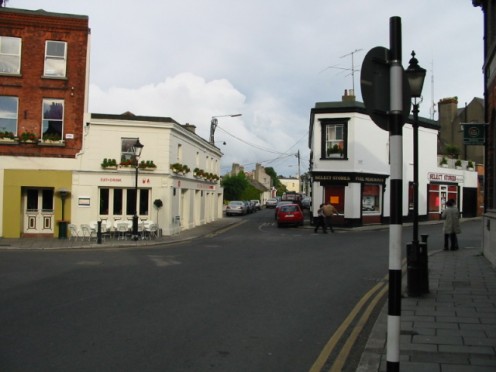


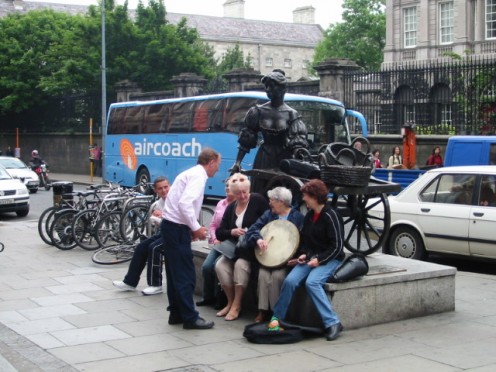

Making a Stew
To make a good Irish stew, you will need a heavy cast iron pot.
Place the broad bottomed cast iron pot or saucepan on the stove with the temperature of the stove set to high.
Ingredients as it would have be made by the Tenant farmers.
1 mutton neck with meat on, sliced across the length in slice of about one and a half inch thick
6 large onions, peeled and sliced across the length into thick rings
8 to 12 potatoes, scrubbed peeled and cut along the length into thick slices
1 large Turnip (or Swede) washed peeled cut along the length into thick slices
Salt Pepper and fresh parsley to taste
1 clove of garlic, thinly sliced
Bacon fat for frying
1 ½ cups of vegetable stock, this is made from the potato and turnip peelings and off cuts of any other vegetables that has been boiled for twenty minutes then mashed and strained.
2 tablespoons of flour
Method
Once the pot is hot enough, add the bacon fat for frying, reduce the temperature of the stove. Dredge both sides the neck slices, thoroughly with the flour.
Place each slice of lamb's neck in the pot and brown on both sides, about 2 minutes per side. Remove them once properly browned, then add the next batch , repeat the process until all the neck slices have been nicely browned.
Then add some of the stock to the pot, and bring it to the boil, once boiling then reduce the heat to a brisk simmer. Place a layer of potato, onion and some turnips then cover it with a layer of meat at the bottom of the pot, cover the meat with a layer of potato, onion and some turnips, repeat with another layer of meat, potato and onions, until all the ingredients are used up. Finely chop the fresh parsley, or the dried variety, and the garlic to the balance of the stock.
Pour in the stock and cover the pot. Bring to the boil, then cover the pot, reduce the heat so that it simmers gently.
Simmer for a couple of hours, then check that there is still enough liquid in the pot, add as required.
Leave it to simmer slowly for another hour, add the salt and pepper to taste. Check to see if the meat has cooked, if not then let it simmer slowly until cooked.
Check that the meat is succulent, and comes of the bone easily.
Your stew is ready.
Most of the potatoes and onions would have combined with the fats and small bits of the mutton to form a thick sauce. This does, or should not require any aother form of thickening, as all the goodness of this dish is in the sauce.
This they served with mashed potatoes,cabbage or some homemade bread. which was baked fresh daily.
Glimpses of Irish
Ingredients and Serving suggestions for more modern and affluent times
2 Lambs neck, sliced across the length in slice of about one and a half inch thick
4 large onions, peeled and sliced across the length into thick rings
4 large clean potatoes, washed peeled and cut along the length into thick slices
1 large Turnip (or Swede) washed peeled cut along the length into thick slices
Salt Pepper and fresh parsley to taste
1 clove of garlic, thinly sliced
Bacon fat for frying
1 ½ cups of vegetable stock, this is made from the peelings and off cuts of any vegetables that has been boiled for twenty minutes then mashed and strained.
2 tablespoons of flour
Method
The method is the same but obviously as mutton is older and a bit tougher than lamb, a tougher the times would be a lot shorter. So reduce your cooking times accordingly.
Serve on a bed of mashed potatoes, champ or with carrots and maybe some baby marrows on the side.


